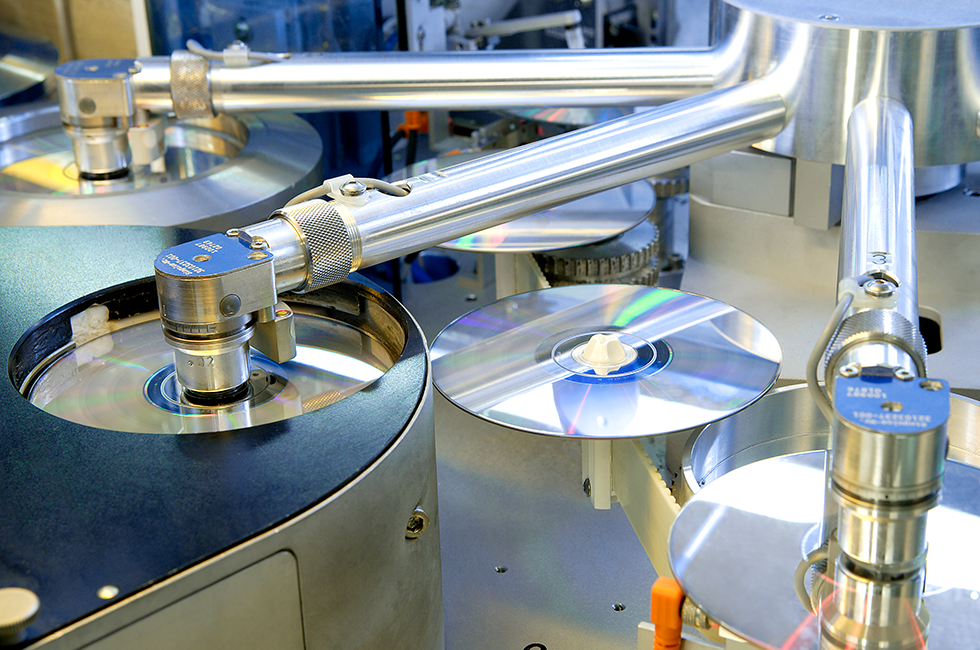Have you ever wondered how music, software, and other digital media are produced and distributed to the masses? The answer is a process known as CD Replication. Read on to learn more about what this process entails and why it’s so important for the production of digital media.
Introduction to CD Replication
If you’re new to the world of CD manufacturing, replication may seem like a daunting process. But don’t worry – we’re here to help! In this article, we’ll give you a crash course in CD replication, explaining what it is, how it works, and what benefits it can offer your project.
So, what is CD replication? Put simply, it’s the process of making copies of a pre-recorded CD. Unlike DVD or Blu-ray replication, which involves stamping data onto a blank disc, CD replication uses a glass master disc to create identical copies.
The glass master disc is created from the original source material (usually a DDP file), and is used to stamp data onto blank CDs. This process is known as ‘stamping’, and results in discs that are indistinguishable from the original.
Once the glass master has been created, the next step is to produce the discs themselves. This is done by loading blank CDs into a ‘replicated ‘, which uses the glass master to create perfect copies. The entire process usually takes around 10 days from start to finish.
So there you have it – a quick introduction to CD replication! If you’re looking for high-quality copies of your pre-recorded CDs, this is definitely the way to go.
Benefits of CD Replication
There are many benefits of CD replication, which is why this method of CD manufacturing is so popular. Some of the main benefits include:
– Cost-effective: CD replication is a very cost-effective way to manufacture CDs, especially when compared to methods like glass mastering.
– Quick turnaround times: With CD replication, you can generally expect your CDs to be ready within a few days, which is much faster than other methods like glass mastering.
– Scalability: With CD replication, it’s easy to scale up or down your production as needed, which is perfect for businesses that need to be able to adjust their production levels quickly.
Different Types of CD Replications
There are three different types of CD Replication:
- Disc Duplication: This is the most common type of CD Replication and is often used for small runs of CDs (usually less than 500 copies). Disc Duplication uses a process called ‘burning’ to copy the data from a master disc onto multiple blank discs.
- Hybrid Disc Duplication: This type of CD Replication is similar to Disc Duplication, but it also includes printing on the face of the discs. Hybrid Disc Duplication is often used for larger runs of CDs (usually more than 500 copies).
- Glass Mastering: This is the highest quality type of CD Replication and is used for very large runs of CDs (usually more than 1000 copies). Glass Mastering creates a ‘glass master’ which is used to create the mold for the replicated discs.
How Does the Process Work?
When you place an order for CD replication, the manufacturer will create a glass master disc from your provided source material. The glass master is used to make a negative mold, also called a stamper. From the stamper, the CDs are injection molded and then trimmed to their finished size.
The data on the CD is encoded in the “pits” and “lands” on the surface of the disc. The pits are read by the laser in a CD player or computer drive, which convert them into digital data that can be played back as audio or video.
To create the pits and lands, a physical template of the data (the glass master) is used to imprint the data onto a stamper. The stamper is a negative copy of the glass master, with raised and lowered areas that correspond to the pits and lands on the original disc.
The stamper is then used to injection-mold discs from polycarbonate plastic. Injection molding fills small cavities in the mold with molten plastic, which cools and solidifies into CD-shaped discs. After cooling, each disc is ejected from the mold and trimmed of any excess plastic around its edge.
The last step in CD replication is applying a label to the top surface of each disc. For this step, either screen printing or offset printing can be used. Screen printing involves pressing ink through a stencil onto the surface of the disc, while offset printing is the same process used for paper printing.
Once all the processes are complete, the discs are bundled and shipped to the customer.
Alternatives to CD Replication
There are a few alternatives to CD replication that you may want to consider for your next project. One option is DVD replication, which offers a higher storage capacity and can be played on most DVD players. Blu-ray replication is another option that offers even more storage capacity and can be played on Blu-ray players. If you need a large quantity of discs, you may want to consider duplicating your CDs instead of replicating them. Duplication is a faster and more cost-effective process for small runs of discs.
Conclusion
CD replication services are a great way to produce professional-grade physical copies of your digital music or data. By understanding the different components and processes involved, you’ll be able to make an informed decision about which CD manufacturing service is the best for your needs. Whether you’re looking to replicate a few discs for personal use or thousands for commercial distribution, there’s sure to be a CD Replication Service that fits your budget and timeline. With modern technology advancements, it’s easier than ever before to get high-quality results when creating CDs at home or professionally with a reputable manufacturer.
